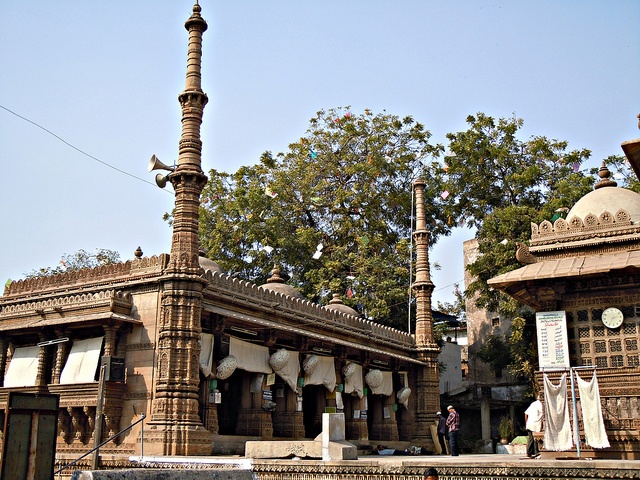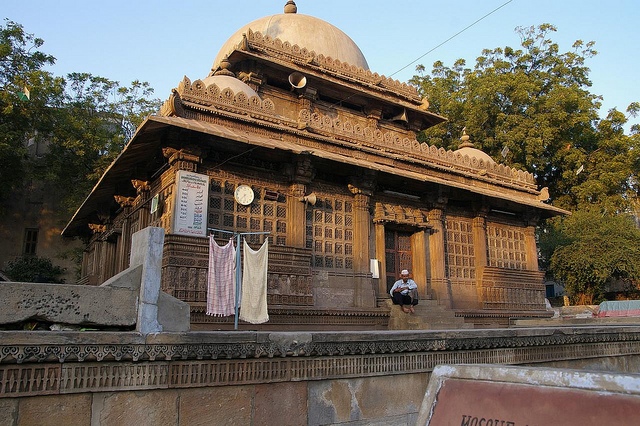Vaishnodevi Temple
Situated in the city limits, Vaishno Devi temple in Ahmedabad is a popular shrine among not only the devotees but also the tourists. It’s strategic location on Ahmedabad - Gandhinagar road gains it huge crowds all round the year. A true replica of the famed temple in Jammu and Kashmir, this lovely shrine also depicts Vaishno Devi as the principle deity. The only difference between the two is that the latter can be visited with in a couple of hours.


